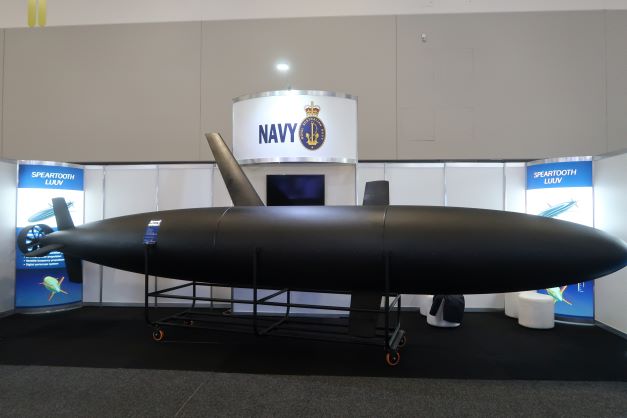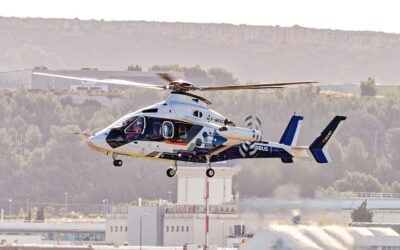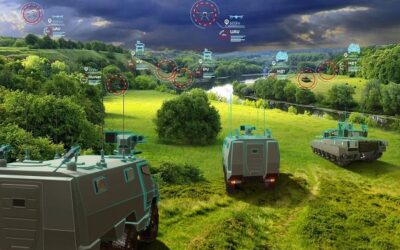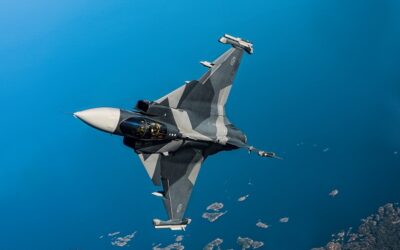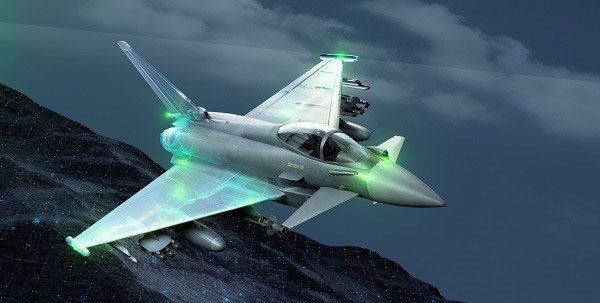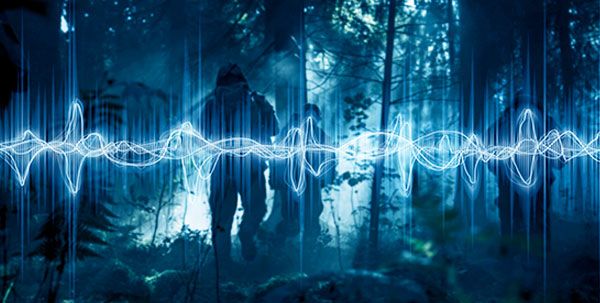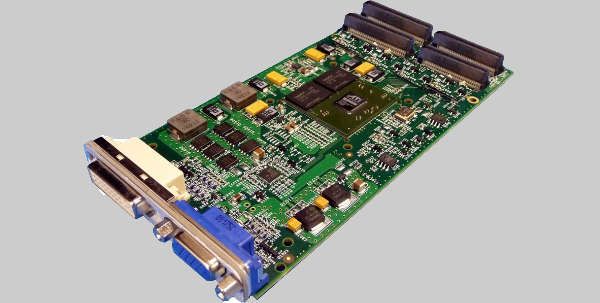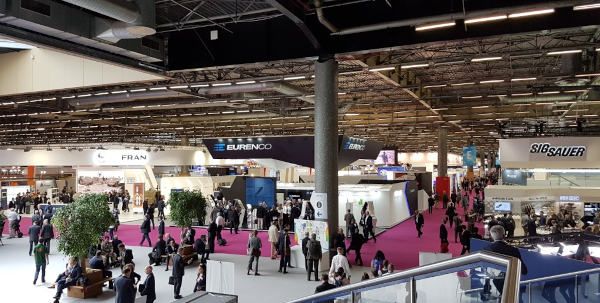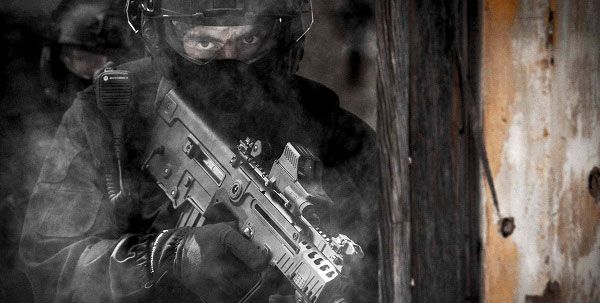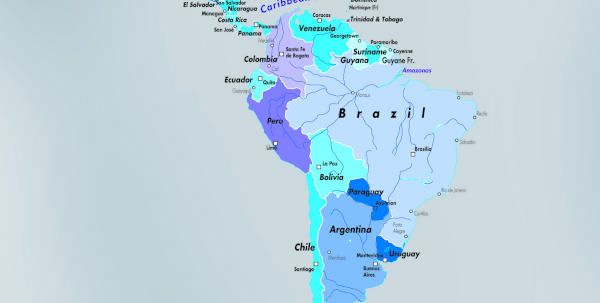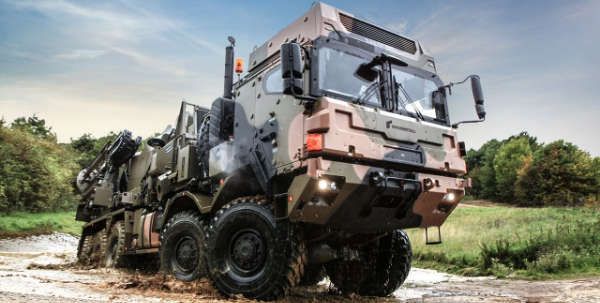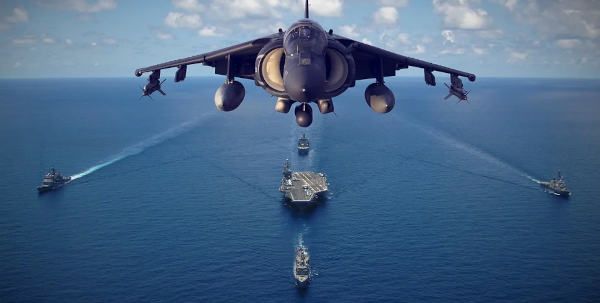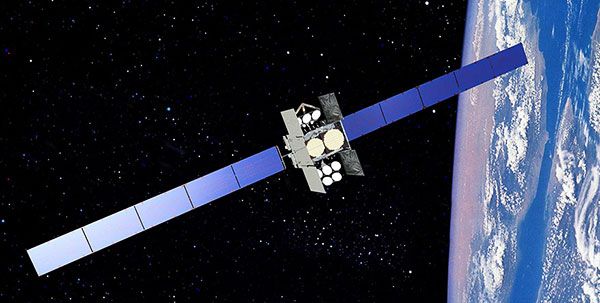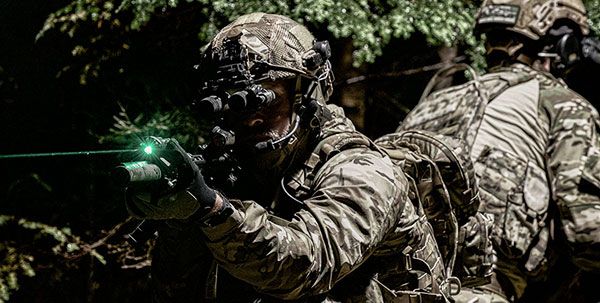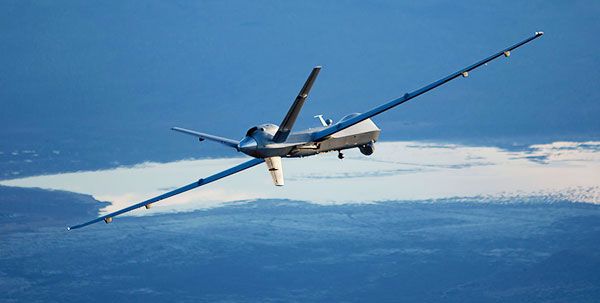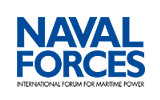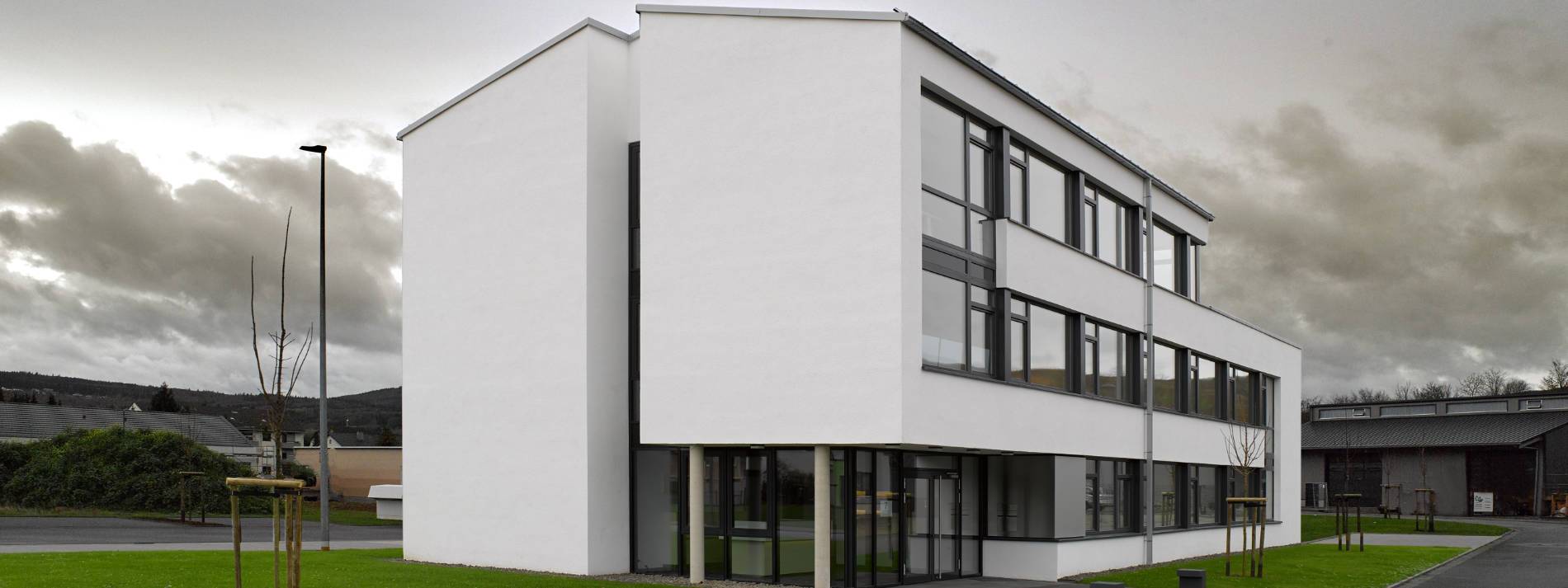Larger Variant to Enter Testing Regime Soon
The Royal Australian Navy (RAN) is testing the new Speartooth autonomous Light Unmanned Underwater Vehicles (L-UUV) demonstrator vehicle.
Developed independently by C2 Robotics, a small Australian company based in Victoria, in early 2021, the RAN decided to support the project and bring the L-UUV system to the testing phase. The 8m-long, 1m beam L-UUV has an operational depth of 2,000m and range of 2,000km, powered by Lithium-ion (Li-ion) batteries. It features a large flexible payload bay, a C2 system, direct propeller propulsion, variable buoyancy propulsion and a digital periscope system. A smaller variant of the L-UUV has already been tested over several months.
Speaking at the Indo-Pacific Maritime exhibition in Sydney, a spokesperson from C2 Robotics told MON the company has looked at the emerging threat profile, which indicate that L-UUV requirements will emerge from defence authorities.
The current intention is to provide mass of force with numerous L-UUV platforms, that are independent of manpower constraints and can cover over 10 million sqkm in the Asia-Pacific region. There was an expectation there would be a need for large numbers of low-cost, low-manpower UUVs needed in the near future. Propulsion will be powered by the Li-ion batteries, and sensor payloads to be government furnished equipment.
The company said the RAN can select systems of choice for installation, as there is plenty of space inside to cater for different equipment fits, adding the platform is modular and uses an open architecture, and can therefore be modified and updated when needed.
Speartooth’s digital periscope will allow the L-UUV to remain submerged for long periods, while also enabling satcom for data transfer and potential re-tasking, as well as offering a visual sensor to give a view of the surface environment.
The 8m variant, as seen displayed at the Indo-Pacific Conference, will be in the water within months, to test the maturity of the platform and its compliance with maritime autonomy regulations.
The L-UUV demonstration effort follows the Extra Large Autonomous Undersea Vehicles (XL-AUV) negotiations between Anduril Industries and the Australian defence department earlier this month. This will see the potential development of a design for A$100 million, destined to test autonomy, edge computing, sensor fusion, propulsion and robotic systems.
Tim Fish reporting from Sydney for MON

